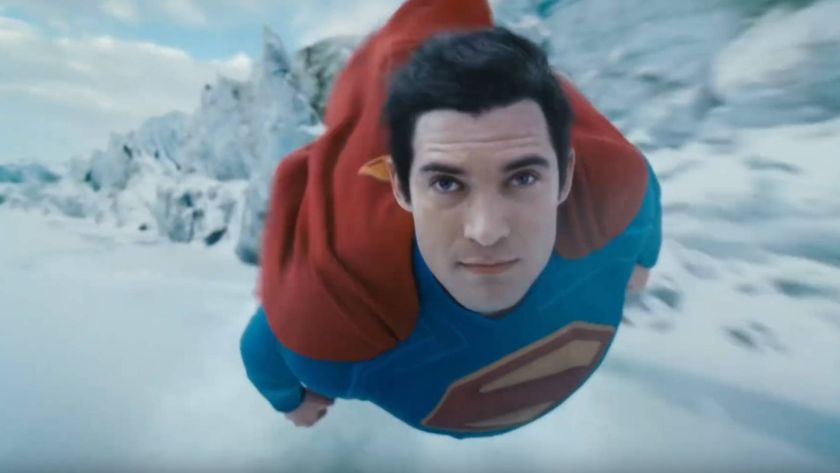Is It Just Me? ... or can a bad wig ruin a movie?
One Total Film writer argues the case…

It all began with Pretty In Pink .
There I was happily buying that Andie (Molly Ringwald) would actually go to the prom in that Frankenstein dress… and then Andrew McCarthy’s Blane appeared with something on his head. This was my first case of ‘re-shoot’ wig; a jarring approximation of an actor’s mane, seemingly plundered from a road-kill bin to facilitate last-minute tweaks, totally killing suspension of disbelief.
‘Re-shoot wig’ – along with ‘same role, different actor wig’, ‘historically accurate wig’, ‘ageing wig’ and ‘stunt-guy wig’ – all prove that, like Samson, the strength of all films to fully transport audiences lies in their follicles. And especially in these times of unforgiving high definition and 3D, how can we believe in a story if we don’t believe in a barnet?
Bad wigs are right up there with visible boom mikes, historical anachronisms and continuity errors for yanking audiences out of the dream state envisaged by the director. They lift the curtain on the fantasy, revealing the machinery beneath. Take Chloë Grace Moretz’s unconvincing mop in Kick-Ass 2 , a straw-like hat of comb-over fringe beginning at the back of her head with a poufy conehead profile. Now, instead of wondering about her ass-whupping abilities, I’m wondering why her real hair wasn’t pinned into a cap properly and so little care was taken on a look that’s central to the film.
The same goes for poor old Kristen Stewart in The Twilight Saga: Eclipse . In a movie already groaning with implausibility and crap coiffures, Stewart is lumbered with a lank Elvira reject, capped by a Neanderthal hairline that stretches credibility as much as her acrylic tresses. No wonder she looks so miserable. Rachel McAdams in Mean Girls : that weave ain’t working, girl. Michelle Williams in Oz The Great And Powerful : a lone tendril of loose hair isn’t enough to convince. Angelina Jolie’s ropey Salt wig tells us immediately this chick isn’t staying blonde for the whole movie… and the less said about Nicolas Cage and John Travolta the better (a whole other discussion).
Wigs should be undetectable and like costumes, sets, props and CGI, shouldn’t distract from a performance. But those things cost money – up to £30,000 for a lace-front custom-made number, handstitched over three months with real human hair. They need to be washed and set every three days and made to fit the wearer. Buy off the peg and you’ll end up with Elisabeth Shue’s monstrosity in Back To The Future Part II (‘same role, different actor wig’). Buy bespoke and you get Nicole Kidman’s tresses in nearly every film she’s in (yes, see – you hadn’t noticed).
So if films present us with rank rugs and ludicrous locks, they’re essentially saying “Yeah, we didn’t spend the budget here, ’cos we didn’t think you’d notice.” Which is a crazy assumption. Yes, audiences might not know precisely what the hide of a diplodocus looks like or how an Orc moves but we all know how human hair should hang. Shouldn’t they spend more on the elements that audiences are experts in and preserve the paradox of fiction?
Or is it just me?
Sign up for the Total Film Newsletter
Bringing all the latest movie news, features, and reviews to your inbox
Jane Crowther is a contributing editor to Total Film magazine, having formerly been the longtime Editor, as well as serving as the Editor-in-Chief of the Film Group here at Future Plc, which covers Total Film, SFX, and numerous TV and women's interest brands. Jane is also the vice-chair of The Critics' Circle and a BAFTA member. You'll find Jane on 12DOVE exploring the biggest movies in the world and living up to her reputation as one of the most authoritative voices on film in the industry.












